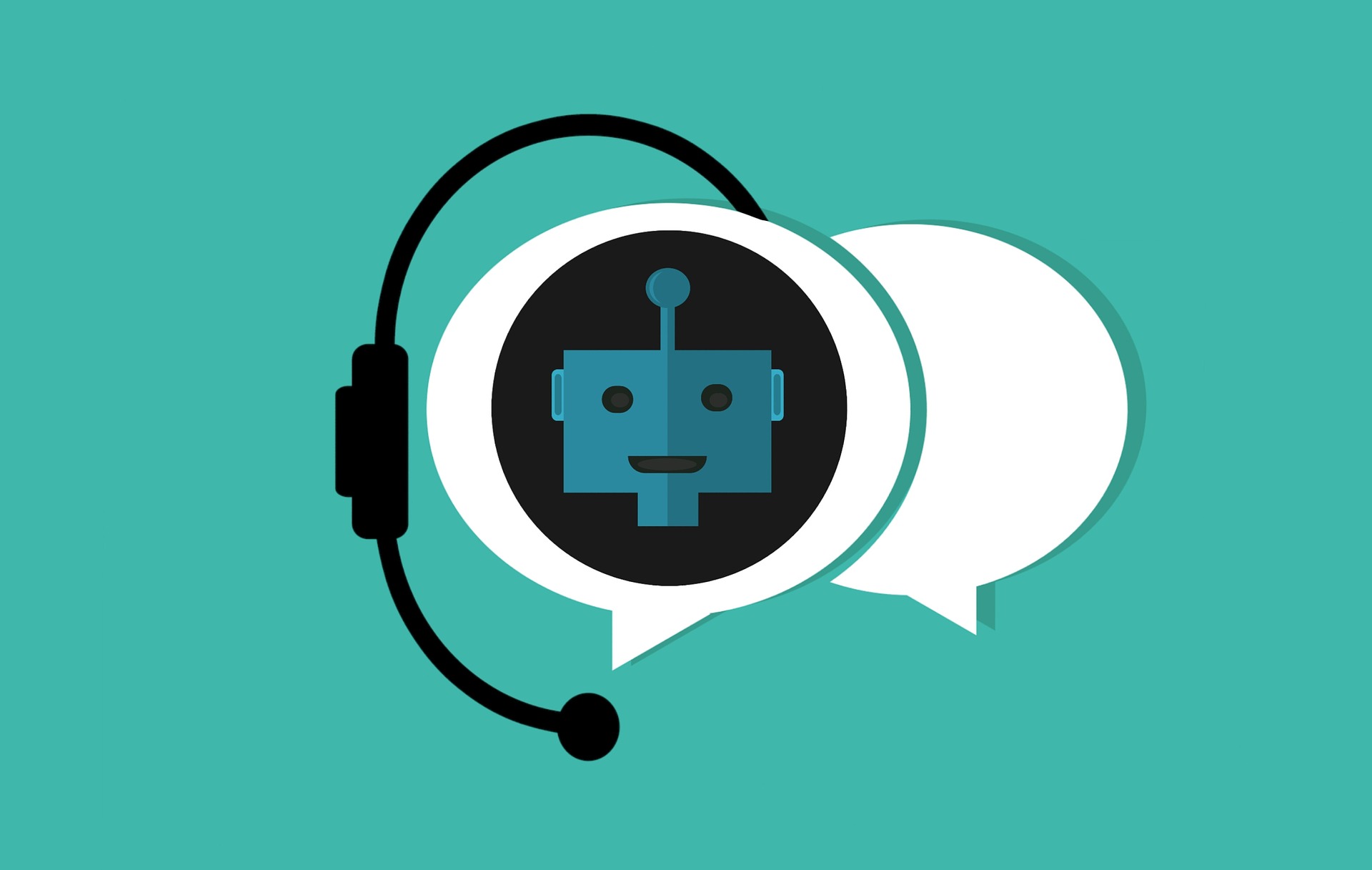
AI Chatbots: The Ultimate Business Solution for Customer Engagement
Introduction to AI Chatbots
In the age of digital transformation, AI Chatbots have emerged as a powerful tool for businesses to improve customer engagement and streamline their processes. This article will provide you with a understanding of what AI chatbots are and how they operate.
What are AI Chatbots?
AI chatbots, or Artificial Intelligence chatbots, are computer programs that mimic human conversation using artificial intelligence. They can interact with customers through text or voice, provide instant responses to queries and deliver personalized customer experiences.
AI chatbots have the potential tor revolutionize the way businesses interact with their customers. They can handle multiple customer queries instantly, resolving issues round-the-clock, and providing accurate responses based on business data. For a closer look at how businesses are leveraging AI chatbots, explore our chatbot examples article.
How do AI Chatbots work?
AI chatbots leverage various AI technologies including Natural Language Processing (NLP), Machine Learning (ML), and Deep Learning. Here’s a simplified overview of how they work:
- User Interaction: The user interacts with the chatbot via a chat interface or through voice commands.
- Input Processing: The chatbot processes the user’s input using NLP to understand the context and intent of the query.
- Response Generation: Based on the processed input, the chatbot generates a suitable response. This response can be a pre-defined text, a relevant piece of information from a database, or an action performed by the chatbot.
- Response Delivery: The chatbot delivers the generated response to the user.
AI chatbots continue to learn and improve over time through Machine Learning. They analyze previous interactions to refine their responses. For a more detailed understanding of the technology works, check out our article on chatbot technology.

The integration of AI chatbots into a business’s digital strategy opens up opportunities for improved customer engagement, process automation, and enhanced customer support. As we delve deeper into the world of AI chatbots, we’ll uncover their benefits, types, key features, and implementation strategies.
Benefits of AI Chatbots for Businesses
AI chatbots have become a powerful tool for businesses, offering benefits ranging from higher customer engagement to reduced customer support costs and streamlined business processes.
Improving Customer Engagement
AI chatbots are capable of engaging with customers in real-time, providing immediate responses and creating a seamless interactive experience. They can be programmed to provide personalized responses, understand customer preferences, and offer tailored product or service recommendations. This helps businesses build stronger relationships with their customers and increase customer satisfaction.
One key advantage of using AI chatbots for customer engagement is their availability. Unlike human customer service representatives, chatbots are not restricted by business hours or time zones. This ensures that customers can receive assistance at any time, enhancing their overall experience with the business.
For more insight into how businesses are leveraging AI chatbots for customer engagement, check out our article featuring various chatbot examples.
Enhancing Customer Support
AI chatbots can revolutionize customer support by automating routine inquiries and freeing up human agents to handle more complex issues. These chatbots can be trained to answer frequently asked questions, provide information on products or services, and guide customers through troubleshooting processes.
The use of AI chatbots in customer support can significantly reduce response times and increase the efficiency of the customer service department. This leads to improved customer satisfaction and loyalty, which are crucial for the long-term success of a business.
Streamlining Business Processes
Beyond customer engagement and support, AI chatbots can also streamline various business processes. They can automate tasks such as scheduling appointments, processing orders, or collecting customer feedback. By automating these routine tasks, businesses can save time and resources, allowing them to focus on strategic decision-making and growth initiatives.
Moreover, AI chatbots can be integrated with various business systems and platforms, ensuring seamless data exchange and process execution. This level of automation and integration can significantly improve the efficiency of business operations.
Interested in learning more about how to leverage AI chatbots for business process automation? Visit our article on chatbot use cases.
Different Types of AI Chatbots
Understanding the different types of AI chatbots is crucial for businesses looking to leverage this powerful tool. They can be broadly categorized into three types: Rule-based AI chatbots, Self-learning AI chatbots, and Hybrid AI chatbots. Each type comes with its unique set of capabilities, offering different levels of interactivity and automation.
Rule-based AI Chatbots
Rule-based AI chatbots, as the name suggests, operate based on predefined rules. They provide responses to user queries by following a set of programmed instructions. These chatbots are typically used for simple tasks and interactions, such as answering frequently asked questions or guiding users through a process.
While rule-based chatbots may not understand complex queries or engage in natural conversations like their counterparts, they excel in providing accurate and consistent responses to specific queries.
Self-learning AI Chatbots
Self-learning AI chatbots, powered by Machine Learning and Natural Language Processing, are capable of learning from past interactions and improving their responses over time. Unlike rule-based chatbots, they can understand and respond to a wide range of queries, even if they aren’t specifically programmed to do so.
These chatbots can handle complex interactions and provide personalized responses, making them ideal for tasks such as customer support and personalized marketing.
Hybrid AI Chatbots
Hybrid AI chatbots combine both approaches. They operate based on predefined rules for specific tasks and use machine learning capabilities to handle complex, unanticipated queries. This hybrid approach allows these chatbots to provide accurate responses while also being capable of learning and adapting to new scenarios.
Hybrid chatbots are ideal for businesses that require a high level of interactivity and personalization but also want to maintain control over the chatbot’s responses. They offer a balanced approach, making them a popular choice for a wide range of chatbot use cases.
In conclusion, the choice of AI chatbot largely depends on the business’s specific needs and objectives. Understanding the capabilities and limitations of each type can help businesses make an informed decision and effectively leverage AI chatbots for enhancing customer engagement and streamlining operations.
Key Features of Effective AI Chatbots
The effectiveness of AI chatbots can be attributed to several key features that enable them to interact seamlessly with customers and automate routine business tasks. These features include Natural Language Processing (NLP), Machine Learning capabilities, and a User-friendly Interface.
Natural Language Processing (NLP)
Natural Language Processing (NLP) is a critical component of effective AI chatbots. It enables the chatbot to understand and interpret human language, allowing it to respond accurately and appropriately to user queries. Through NLP, chatbots can comprehend text inputs, identify relevant information, determine the user’s intent, and generate appropriate responses.
NLP also facilitates the understanding of colloquial language, slang, and abbreviations, making interactions more conversational and natural. This contributes significantly to the chatbot’s ability to engage customers in meaningful and effective conversations. For more insights into how NLP contributes to chatbot technology, check out our detailed article.
Machine Learning Capabilities
Machine Learning (ML) is another critical feature of effective AI chatbots. It enables chatbots to learn from past interactions and improve their responses over time. Through ML, AI chatbots can identify patterns, learn from them, and use this knowledge to handle future interactions more efficiently.
Machine learning capabilities allow AI chatbots to provide more personalized responses to users, which can significantly enhance the customer experience. It also enables chatbots to predict user behavior and adapt their responses accordingly to meet the user’s needs more effectively.
User-friendly Interface
A user-friendly interface is crucial for ensuring positive user interactions with AI chatbots. The interface should be intuitive and easy to navigate, allowing users to communicate with the chatbot easily.
The chatbot should provide clear instructions to guide users through the conversation and offer suggestions to help them formulate their queries. Moreover, the chatbot should be able to handle multiple queries simultaneously and provide quick and accurate responses to ensure a smooth and efficient user experience.
An easy-to-use interface also includes the ability of the chatbot to seamlessly integrate with other platforms and channels used by business. This allows users to interact with the chatbot through their preferred communication channel, enhancing the user experience.
In summary, the effectiveness of AI chatbots largely depends on their ability to understand and interpret human language, learn from past interactions, and interact with users through a user-friendly interface. These features contribute significantly to the chatbot’s ability to automate business tasks and engage customers effectively. For more information on AI chatbots, their benefits, and use-cases, refer to our comprehensive articles on chatbot benefits and chatbot use cases.
How to Implement an AI Chatbot
Incorporating AI chatbots into your business strategy can be a transformative endeavor. A successful implementation requires careful planning and strategic thinking. Here’s a simplified guide on how to implement an AI chatbot for your business.
Defining the Role of the AI Chatbot
The first step in implementing an AI chatbot is to define its role within your organization. This involves identifying the tasks that the chatbot will handle and determining the problems it will solve for your customers. Some businesses use AI chatbots primarily for customer service, while others harness their capabilities for sales, marketing, or internal operations.
To define the role of your chatbot, consider the following questions:
- What customer needs or business processes can the chatbot address?
- What are the key tasks the chatbot will perform?
- How will the chatbot interact with other systems or platforms?
For insights into how different businesses have leveraged AI chatbots, check out our article on chatbot examples.
Choosing the Right Platform
Choosing the appropriate platform is a crucial step in implementing an AI chatbot. The chosen platform should support the chatbot’s intended role and be compatible with your existing systems and processes.
When selecting a platform, consider factors such as:
- The platform’s capabilities and limitations
- Its compatibility with your business’s technology stack
- The platform’s support for AI and machine learning features
For a comprehensive list of chatbot platforms and their unique features, visit our chatbot platforms page.
Ensuring Continuous Learning and Improvement
AI chatbots, like any technology, should be subject to ongoing monitoring, learning, and improvement. This involves regularly analyzing the chatbot’s performance, identifying areas for improvement, and making necessary adjustments.
Effective strategies to ensure continuous learning and improvement include:
- Regularly reviewing chatbot interactions to identify areas of success and potential improvements
- Using customer feedback to enhance the chatbot’s performance
- Utilizing machine learning to enable the chatbot to learn from its interactions and improve over time
By defining the role of the AI chatbot, selecting the right platform, and ensuring continuous learning and improvement, businesses can effectively implement AI chatbots into their operations and reap the benefits they offer. Remember, the key to successful chatbot implementation lies in aligning it with your business goals and the needs of your customers.